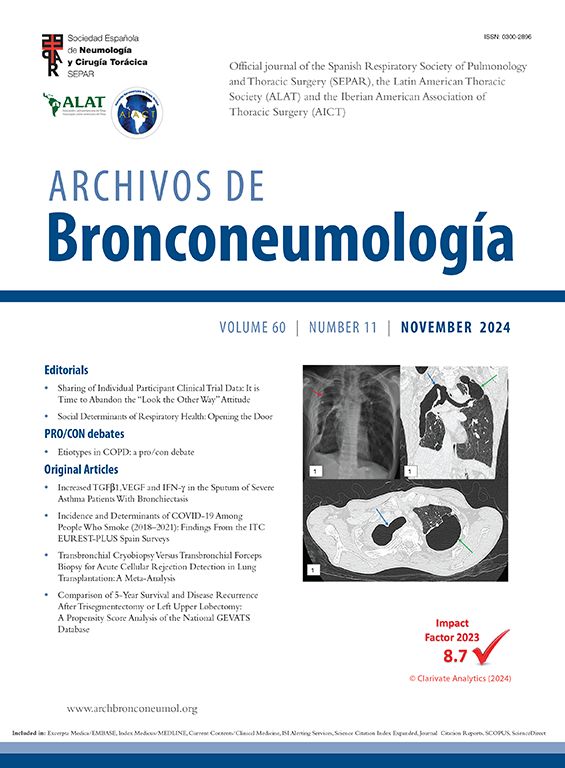Journal Information
Vol. 42. Issue S2.
Pages 25-31 (December 2006)
Vol. 42. Issue S2.
Pages 25-31 (December 2006)
Full text access
El fumador pasivo, ¿mito o realidad?
The passive smoker. Myth or reality?
Visits
9193
This item has received
Article information
Se dispone de evidencia científica suficiente acerca de los efectos perjudiciales del tabaquismo involuntario. En adultos es causa de cáncer, enfermedad respiratoria y cardiovascular. En niños incrementa el riesgo de enfermedades respiratorias y de muerte súbita en lactantes. En el presente artículo se analizan los factores que han contribuido a mantener este problema de salud como un mito. Se recomienda utilizar el término ¿tabaquismo involuntario¿, frente a ¿tabaquismo pasivo¿, por reflejar mejor la situación de la persona expuesta. Se analiza la evolución del concepto de tabaquismo involuntario en los últimos 20 años, a través de los sucesivos informes de salud pública. Se comentan los aspectos más relevantes, como la determinación objetiva de la exposición al aire contaminado por humo de tabaco mediante marcadores aéreos y la disminución de las enfermedades relacionadas como consecuencia de las limitaciones al consumo de tabaco en lugares públicos. Se incorporan los datos epidemiológicos más recientes de exposición involuntaria en nuestro país.
Palabras clave:
Tabaquismo involuntario
Tabaquismo pasivo
Aire contaminado por humo de tabaco
Legislación
There is sufficient scientific evidence on the harmful effects of involuntary smoking. In adults, involuntary smoking causes cancer, respiratory and cardiovascular diseases. In infants and children, involuntary smoking increases the risk of respiratory disease and sudden infant death syndrome. The factors that have contributed to perpetuating the belief that this health problem is a myth are analyzed. The use of the term involuntary smoking rather than passive smoking is recommended, as it more accurately reflects the situation of the exposed individual. The evolution of the concept of involuntary smoking in the last 20 years is analyzed through successive public health reports. The most important aspects, such as objective determination of environmental tobacco smoke exposure through markers in the air, and the reduction in tobacco-related diseases as a consequence of restrictions on smoking in public places are analyzed. The most recent epidemiological data on involuntary exposure in Spain are also discussed.
Keywords:
Involuntary smoking
Passive smoking
Environmental tobacco smoke
Legislation
Full text is only aviable in PDF










